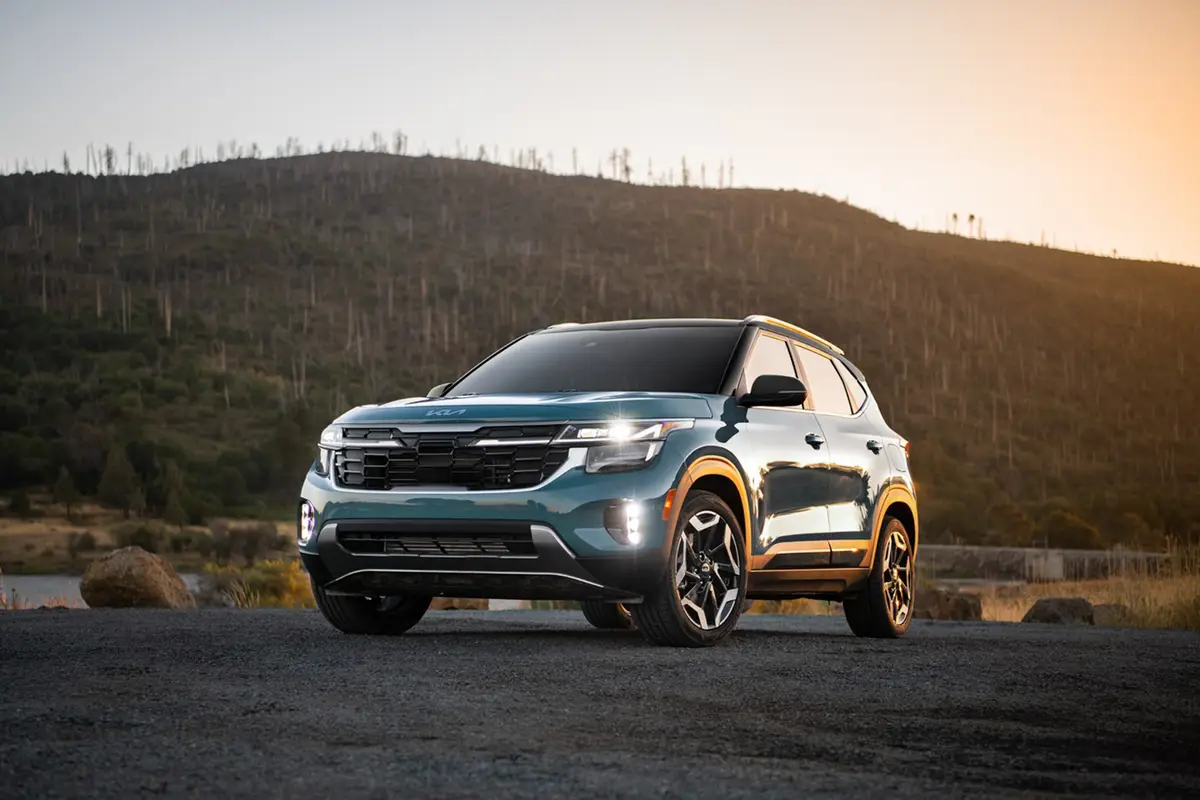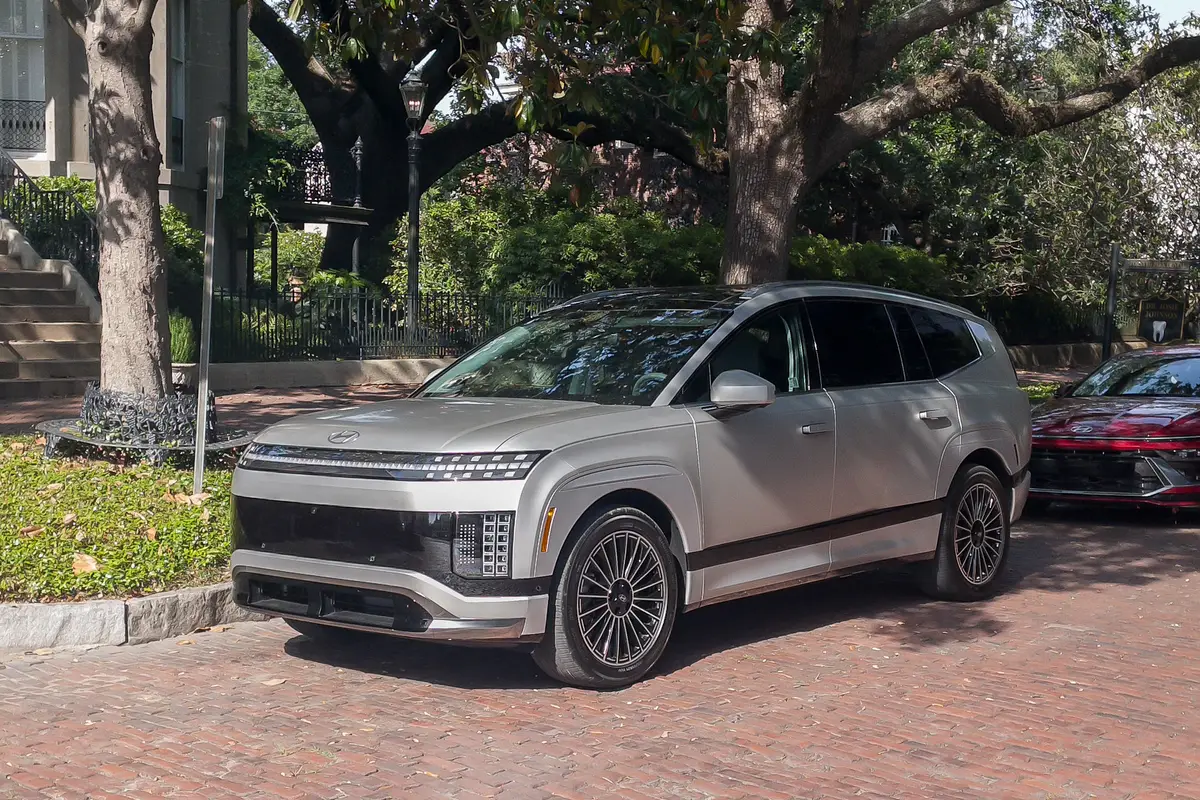Orlando Sentinel's view
ENTRY-LEVEL LANCER HAS ITS POINTS
It has been a long time since Mitsubishi made much noise with its entry-level models, arguably dating back to its affiliation with Dodge and Plymouth, when it produced the Colt. That ended in 1995, when Chrysler began building its own small car, the Neon.
That left Mitsubishi to market its version of the Colt, the Mirage, on its own. That’s what the company has been doing since then, and while the Mirage is a decent car, it has never been able to approach the sales of, say, the Honda Civic or Nissan Sentra.
For 2002, Mitsubishi wanted a fresh start in the entry-level market, so it dropped the Mirage sedan (though a few Mirage coupes are still being sold), and replaced it with a brand-new car, with a brand-new name: the Lancer.
Actually, to U.S. customers, Lancer was the name of a Dodge sedan that was dropped in 1989. So the name isn’t exactly new, and appears to confirm the contention that we’ve finally run out of good car names. (Mitsubishi would counter by saying that it has used the Lancer name overseas since 1973. Dodge would counter with the fact that it started using it in 1961.)
The Lancer is a well-conceived four-door that doesn’t advance the concept of the subcompact car on any level, but it’s certainly an acceptable alternative to what’s out there now. It’s a tenth of an inch longer than the Sentra, and about a half-inch narrower, and beats the Sentra in several inside measurements, including front and rear legroom. The Lancer doesn’t feel confining, and rear-seat passengers actually won’t mind sitting back there, at least for a while.
The Lancer comes in three models — the base ES, the more luxurious LS, and he sportier O-Z Rally. The test vehicle was the O-Z Rally model, named because it has very handsome wheels made by O-Z, a premium European manufacturer, and because “Rally” is supposed to conjure up memories of Mitsubishi’s success in off-road rally competition, a motorsport that is very popular almost everywhere in the world except, unfortunately for Mitsubishi, America.
While the O-Z Rally has the appearance — the 15-inch wheels, the plump tires, the white-faced instruments, the brushed aluminum interior trim, the front and rear spoiler — its performance does not live up to its looks. Under the hood, it has the same 2.0-liter, 120-horsepower four-cylinder engine and five-speed manual transmission as the cheapest model, the Lancer ES. (A four-speed automatic is optional.)
The good news is, the price is right. The only option available on the O-Z Rally is that rear spoiler, an extra $360. That brings the bottom line to $16,392. Add $800 if you want the automatic.
At that, the Lancer O-Z Rally is pretty well-equipped, with standard features that include air conditioning; power locks, mirrors and windows, and a 100-watt AM/FM stereo with a compact disc player. Not available: Anti-lock brakes and side air bags on the O-Z, but they are availab le at extra cost on the LS model.
The O-Z, then, is a back-to-basics commuter that has a sense of style. Handling is surprisingly good, speaking more to the basic successful design of the Lancer than anything specific added by the O-Z package, except for the tires. The ride is more than acceptable on all but the roughest surfaces.
The 2.0-liter engine could certainly use more power — the comparably priced Hyundai Elantra, for instance, has 140 horsepower, 20 more than the Lancer — but the smooth-running Mitsubishi engine, especially with the manual transmission, can merge onto the expressway with minimal drama. The five-speed manual is a nice-shifting unit, but Mitsubishi manuals usually are.
It’s easy to look at the Mirage O-Z Rally and wonder why Mitsubishi didn’t give it more performance equipment, but the window sticker provides a pretty good argument for keeping it where it is. It’s cheap for what you get, and with EPA-rated mileage of 26 mpg in the city and 3 g on the highway, it’s cheap to feed.
Still, we know that Mitsubishi has a 280-horsepower, all-wheel-drive version of the Lancer that it sells elsewhere, the EVO VII. If Mitsubishi sold that model in the United States, it would bring the Lancer something it lacks right now — excitement. And, to performance addicts, credibility. How about it, Mitsubishi?
Base price: $15,487.
Price as tested: $16,392.
EPA rating: 26 mpg city, 33 mpg highway.
Details: Front-engine, front-wheel-drive sedan powered by a 2.0-liter, 120-horsepower four-cylinder engine with a five-speed manual transmission.
Latest news



